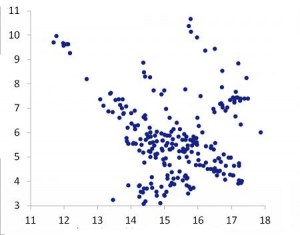Here is a great resource from mathscareers.org: a collection of links to the Careers pages of various companies that employ mathematicians.
It’s easy to envision using math in fields such as Accounting, Education, and Academic Research, but there are also links to Automotive companies, the Food and Drink industry, and Pharmaceuticals. What a great place for a young mathematics students to get a feel for some of their options!
And here’s another great resource from the same organization: a set of excellent video interviews about the importance of mathematics skills in industry.




